Donate now to support the LLIFLE projects.
Your support is critical to our success.
Your support is critical to our success.
Echinocereus pentalophus var. procumbens
Cactées Pl. Grasses 25. 1935 Encycl. Prat. Nat. 28 P.Fourn.
Family: CACTACEAE
Cactées Pl. Grasses 25. 1935 Encycl. Prat. Nat. 28 P.Fourn.
Family: CACTACEAE
Accepted Scientific Name: Echinocereus pentalophus subs. procumbens (Engelm.) W.Blum & Mich.Lange
Echinocereus Monogr. (preprint) [7] (1998) W.Blum, Mich.Lange et al.
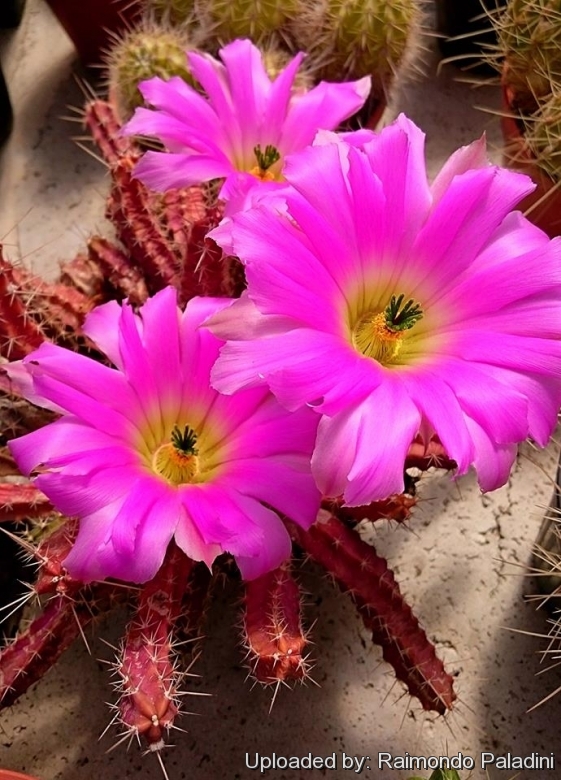
Echinocereus pentalophus var. procumbens (Echinocereus pentalophus subs. procumbens) Photo by: Raimondo Paladini
Synonyms:
- Echinocereus pentalophus subs. procumbens (Engelm.) W.Blum & Mich.Lange
- Cereus procumbens Engl.
- Echinocereus pentalophus var. procumbens (Engelm.) P.Fourn. in P.Fourn.
- Echinocereus procumbens (Engelm.) Lem.
See all synonyms of Echinocereus pentalophus
back
Accepted name in llifle Database:Echinocereus pentalophus (DC.) H.P.Kelsey & Dayton
Standard. Pl. Names, ed. 2. 71. 1942
Synonymy: 10
- Echinocereus pentalophus (DC.) H.P.Kelsey & Dayton
- Cereus pentalophus DC.
- Cereus pentalophus var. radicans DC.
- Cereus pentalophus var. simplex DC.
- Cereus pentalophus var. subarticulatus DC.
- Echinocereus leptacanthus (DC. ex Salm-Dyck) K.Schum.
- Cereus leptacanthus. DC. ex Salm-Dyck
- Echinocereus pentalophus var. leptacanthus Lem. ex Rümpler
- Echinocereus pentalophus f. cristatus hort.
- Echinocereus pentalophus f. monstruosus hort.
Echinocereus pentalophus subs. leonensis (Mathsson) N.P.Taylor
Cactaceae Consensus Init. 3: 9. 1997
Synonymy: 4
- Echinocereus pentalophus subs. leonensis (Mathsson) N.P.Taylor
- Cereus leonensis (Mathsson) Orcutt
- Echinocereus leonensis Mathsson
- Echinocereus pentalophus var. leonensis (Mathsson) N.P.Taylor
Echinocereus pentalophus subs. procumbens (Engelm.) W.Blum & Mich.Lange
Echinocereus Monogr. (preprint) [7] (1998)
Synonymy: 6
- Echinocereus pentalophus subs. procumbens (Engelm.) W.Blum & Mich.Lange
- Cereus procumbens Engl.
- Echinocereus pentalophus var. procumbens (Engelm.) P.Fourn. in P.Fourn.
- Echinocereus procumbens (Engelm.) Lem.
- Echinocereus pentalophus var. procumbens f. albiflorus hort.
- Echinocereus procumbens var. longispinus Hirscht
back
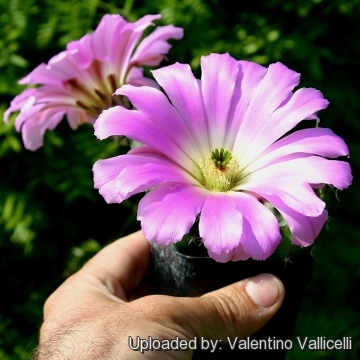
Echinocereus pentalophus var. procumbens (Echinocereus pentalophus subs. procumbens) Photo by: Valentino Vallicelli
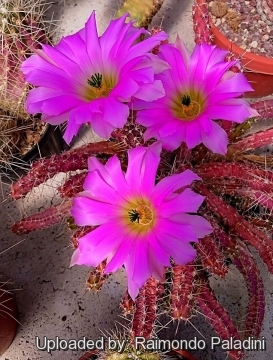
Echinocereus pentalophus var. procumbens (Echinocereus pentalophus subs. procumbens) Photo by: Raimondo Paladini
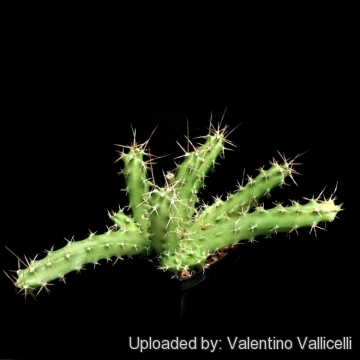
Echinocereus pentalophus var. procumbens (Echinocereus pentalophus subs. procumbens) Photo by: Valentino Vallicelli
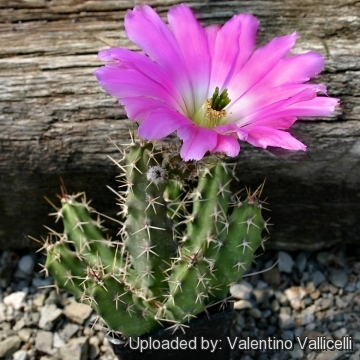
Echinocereus pentalophus var. procumbens (Echinocereus pentalophus subs. procumbens) Photo by: Valentino Vallicelli
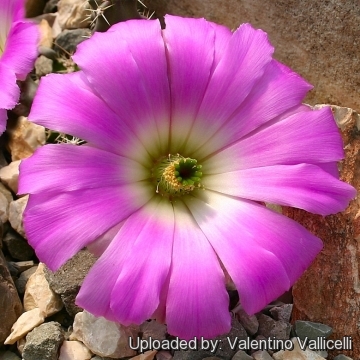
Echinocereus pentalophus var. procumbens (Echinocereus pentalophus subs. procumbens) Photo by: Valentino Vallicelli
Send a photo of this plant.
The gallery now contains thousands of pictures, however it is possible to do even more. We are, of course, seeking photos of species not yet shown in the gallery but not only that, we are also looking for better pictures than those already present. Read More...
The gallery now contains thousands of pictures, however it is possible to do even more. We are, of course, seeking photos of species not yet shown in the gallery but not only that, we are also looking for better pictures than those already present. Read More...
| Your Actions | |
|---|---|
| Back to Echinocereus index | |
| Back to Cactaceae index | |
 |
Back to Cacti Encyclopedia index |








